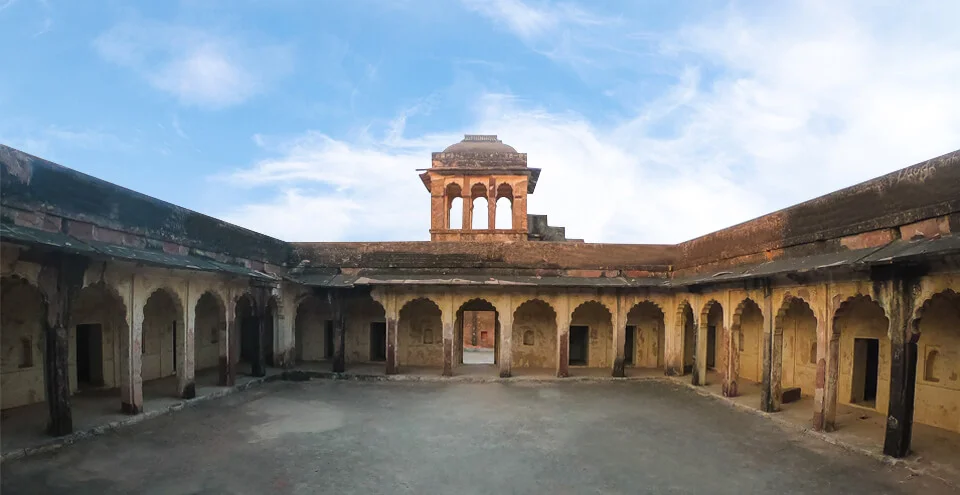In ancient times, Jalore was known as Jabalipura, named after the Hindu saint Jabali. The city was also known as Suvarngiri or Songir, the Golden Mountain, on which the fortress stands. It was a flourishing city in the 8th century and, according to some historical sources, a branch of the Pratihara Empire ruled in Jablipur (Jalore) in the 8th and 9th centuries. Uddyotana-sūri composed Kuvalaya-mālā at Jabalipura in 779 CE, during the reign of King Vatsaraja of Gurjara-Pratihara.
Raja Man Pratihar jealously ruled Bhinmal when the Parmara emperor Vakpati Munja (972-990 CE) invaded the region; After this conquest he divided these conquered territories among the princes of him Parmara; his son Aranyaraj Parmar got the region of Abu, his son and his Chandan. Parmar's cousin Dharnivarah Parmar was given the Jalore region. This ended nearly 250 years of Pratihar rule over Bhinmal. Raja Man Pratihar's son Dewalsimha Pratihar was a contemporary of Raja Mahipal Parmar of Abu (1000-1014 AD). Raja Devalsimha made many attempts to free the country from him or restore Pratihar's control over Bhinmal, but in vain. He finally settled in the southwestern areas of Bhinmal, made up of four hills: Dodasa, Nadwana, Kala-Pahad and Sundha. He made Lohiyana (present-day Jaswantpura) his capital. Therefore, this subclan became Dewal Pratihars. Gradually, his jagir included 52 villages in and around the modern Jalore district. The Dewals participated in the resistance of Chauhan Kanhaddeo of Jalore against Allauddin Khilji. Thakur Dhawalsimha Dewal of Lohiyana provided labor to Maharana Pratap and married his daughter to the Maharana; in return, Maharana gave him the title "Frog", which remains with them to this day.

